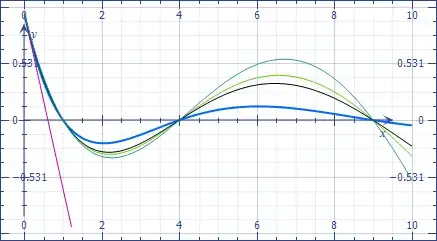Some of the proofs in the given link are somewhat technical and I'll try to vulgarize a variant of one of them.
Consider the function $$f(x):=\frac{\sin\pi\sqrt x}{\pi\sqrt x}.$$
This function has roots for every perfect square $x=n^2$, and it can be shown to equal the infinite product of the binomials for the corresponding roots
$$p(x):=\left(1-\frac x{1^2}\right)\left(1-\frac x{2^2}\right)\left(1-\frac x{3^2}\right)\left(1-\frac x{4^2}\right)\cdots$$
(obviously, $p(0)=f(0)=1$ and $p(n^2)=f(n^2)=0$.)
If we expand this product to the first degree, we get
$$1-\left(\frac1{1^2}+\frac1{2^2}+\frac1{3^2}+\frac1{4^2}+\cdots\right)\,x+\cdots$$
On the other hand, the Taylor development to the first order is
$$f(0)+f'(0)\,x+\cdots=1-\frac{\pi^2}6x+\cdots$$ hence the claim by identification.
The plot shows the function $f$ in blue, the linear approximation in red, and the product of the first $4,5$ and $6$ binomials, showing that they coincide better and better.

